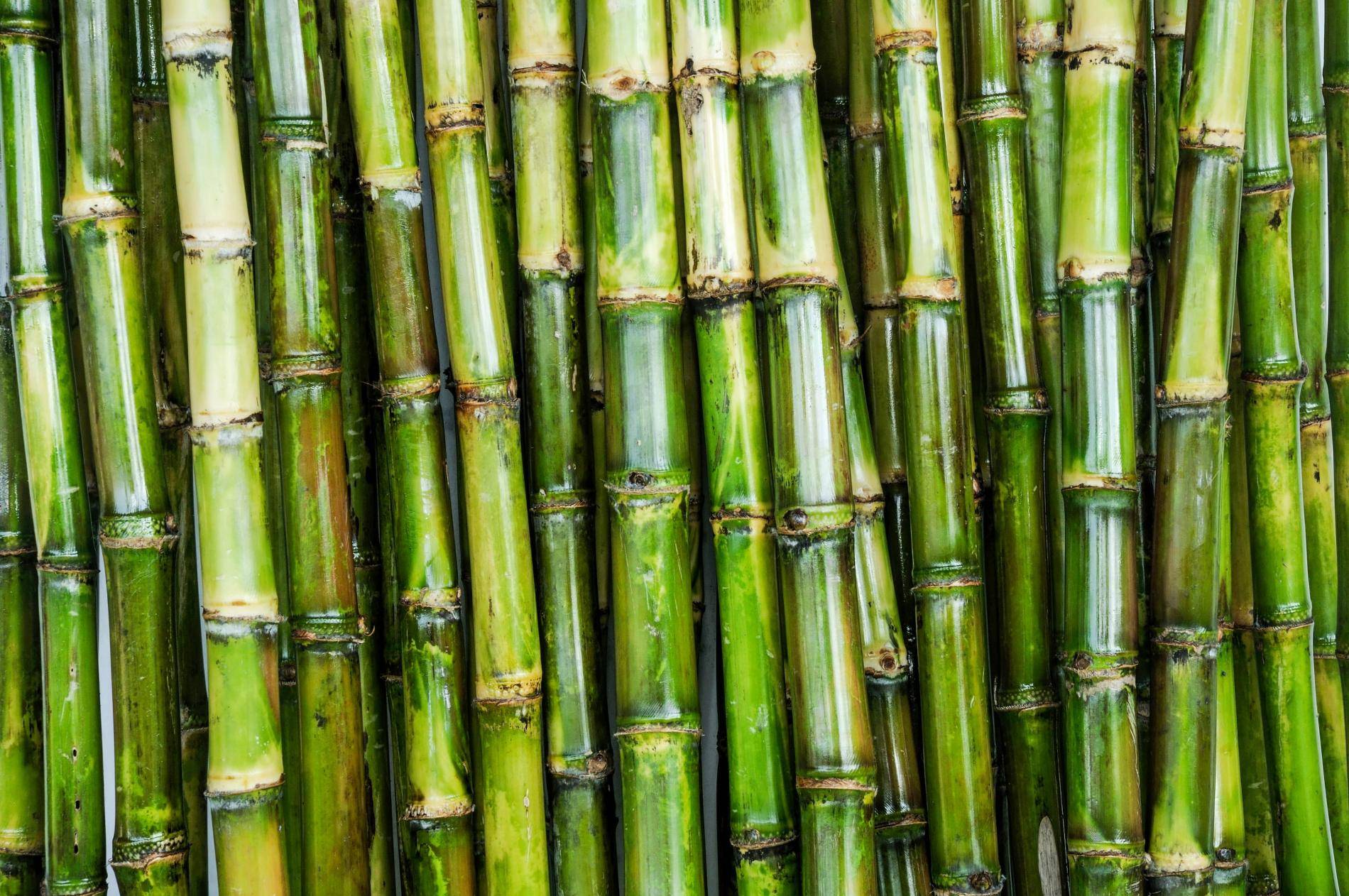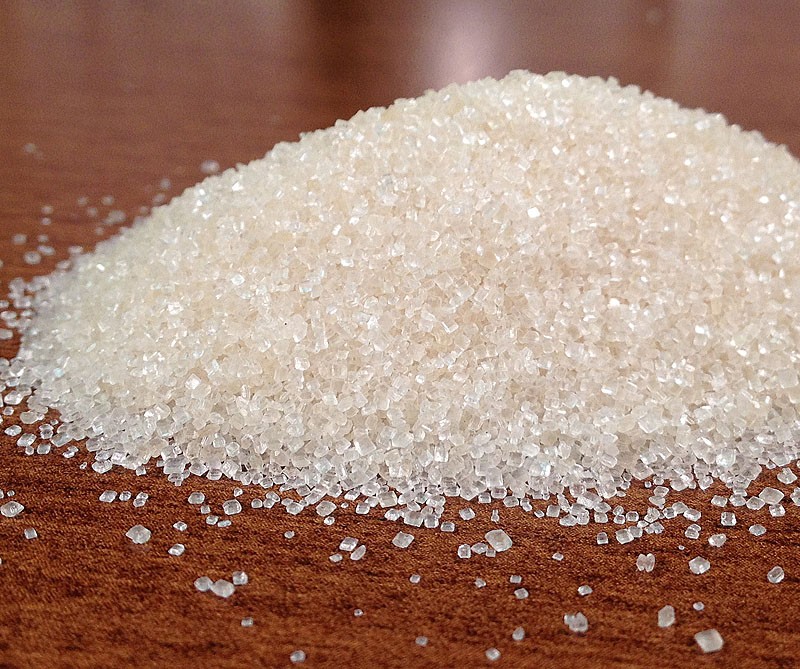The Trip of Cane Sugar Processing: From Harvest to Crystals
The Trip of Cane Sugar Processing: From Harvest to Crystals
Blog Article
Exploring the Comprehensive Tips Associated With Walking Stick Sugar Handling From Gathering to Improvement
The procedure of walking cane sugar production includes a collection of intricate steps, starting with the mindful harvesting of sugarcane and culminating in the refinement stages that make sure the last item satisfies industry standards. Each phase, from the removal of juice to the filtration and condensation processes, plays a vital duty in establishing the high quality and character of the sugar.
Harvesting Sugarcane
Harvesting sugarcane is an essential action in the cane sugar processing chain, as it straight influences the high quality and yield of the end product. Appropriate timing and methods are important throughout this phase to make sure optimal sugar web content and minimize losses. Normally, sugarcane is gathered when it reaches maturity, generally 12 to 18 months after planting, identified by a high sucrose focus.

Post-harvest, the sugarcane should be refined promptly to stop sucrose deterioration. Ideally, gathered walking stick must be delivered to processing centers within 24 hr to maintain sugar high quality. Consequently, efficient logistical preparation is important to preserve the stability of the gathered crop throughout the supply chain.
Extraction Process

The smashed cane undergoes a collection of pushing operations to optimize juice recovery. Generally, warm water is sprayed onto the smashed walking stick, producing a countercurrent flow that assists liquify the sugar while also assisting in the extraction procedure. The juice collected from this procedure includes not just sugar but also numerous organic substances and pollutants.

To boost removal efficiency, some facilities might use diffusion methods, where the sugarcane is saturated in warm water, allowing the soluble sugars to diffuse into the fluid. The resulting juice, rich in sucrose, is then directed to succeeding handling phases, laying the structure for purification and improvement. The extraction process is thus crucial in determining the top quality and return of the final sugar product.
Purification Techniques
The filtration techniques used in walking stick sugar handling are important for changing the raw juice right into a top notch sugar item. These approaches mostly intend to get rid of contaminations, such as dirt, plant products, and inorganic materials, which can negatively affect the end product's flavor and shade.
Among the most typical filtration strategies is clarification. This procedure involves adding lime and heat to the raw juice, which promotes the coagulation of contaminations. The resulting precipitate is after that removed through sedimentation or filtration, generating a more clear juice. Additionally, making use of phosphoric acid can boost the clarification procedure by additional binding pollutants.
An additional substantial method is carbonatation, where carbon dioxide is introduced to the cleared up juice. This response produces calcium carbonate, which catches staying contaminations and advertises their elimination.
Additionally, turned on carbon treatment may be applied to adsorb any continuing to be colorants and natural pollutants, making certain an extra polished product. The mix of these approaches successfully prepares the sugar juice for succeeding steps in the refining process, establishing the phase for the production of top quality walking stick sugar.
Crystallization Approaches
After the filtration stage, the next Going Here critical step in walking stick sugar handling entails formation methods, which play a crucial function in transforming the made clear juice right into strong sugar. This process generally utilizes two primary techniques: spontaneous crystallization and controlled condensation.
In spontaneous formation, supersaturated sugar solutions are enabled to cool down naturally, leading to the formation of sugar crystals in time. This approach is less complex yet may cause uneven crystal sizes and reduced purity degrees. On the other hand, controlled formation is a much more specific technique where temperature, seeding, and focus representatives are thoroughly managed. This technique permits the uniform growth of sugar crystals and greater pureness.
During formation, the made clear juice is focused through evaporation, raising its sugar material up until it gets to supersaturation. Once this factor is attained, either approach can facilitate the formation procedure. Cane Sugar Processing. The resultant sugar crystals are after that separated from the remaining syrup via centrifugation
Eventually, the choice of formation technique impacts the high quality, size, and pureness of the final sugar product, making this action crucial in the general cane sugar processing procedure.
Improvement and Product Packaging
Just how can the pureness and quality of walking stick sugar be even more improved after crystallization? The improvement procedure plays an essential role in attaining premium walking cane sugar. Adhering to crystallization, sugar undergoes a complete cleaning to get rid of contaminations and residual molasses. This is normally accomplished making use of warm water or steam, which helps liquify and extract undesirable elements while maintaining the sugar crystals.
Next, the sugar undergoes a process called centrifugation, where it is spun at broadband to divide the detoxified sugar crystals from the staying liquid. After centrifugation, the sugar is usually further improved via a technique called carbonization or phosphatation, which makes use of triggered carbon or phosphoric acid to eliminate color and off-flavors.
When fine-tuned, the sugar is dried to accomplish the desired wetness web content, making certain that it remains steady find out here now throughout storage and transportation. The last action involves product packaging the polished sugar in moisture-proof and airtight containers to maintain its quality and avoid contamination. Cane Sugar Processing. Proper packaging not only extends service life but likewise facilitates simple handling and circulation, ensuring that customers get sugar that satisfies the highest standards of purity and high quality
Conclusion
The comprehensive steps involved in cane sugar processing, from the thorough harvesting of sugarcane to the intricate refinement and product packaging stages, emphasize the value of each phase in guaranteeing premium sugar production. Optimum harvesting techniques, efficient removal methods, and extensive filtration procedures jointly contribute to the final product's pureness and security. The formation and subsequent packaging methods additionally boost the honesty and shelf life of the sugar, highlighting the complexity and accuracy inherent in this vital agricultural sector.
The process of walking stick sugar manufacturing includes a series of intricate actions, beginning with the careful harvesting of sugarcane and finishing in the improvement stages that guarantee the final item meets industry criteria. Preferably, harvested cane should be delivered to refining centers within 24 hours to maintain sugar quality.In spontaneous formation, supersaturated sugar options are permitted to cool down normally, leading to the development of sugar crystals over time - Cane Sugar Processing. The improvement process plays a vital function in achieving top quality walking cane sugar.The detailed actions included in cane sugar processing, from the meticulous harvesting of sugarcane to the elaborate improvement and product packaging stages, underscore the review importance of each stage in making certain high-quality sugar manufacturing
Report this page